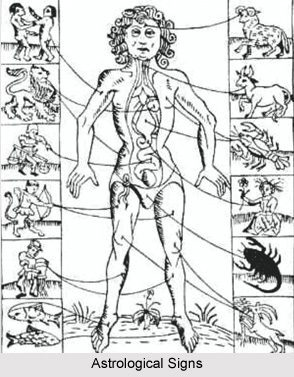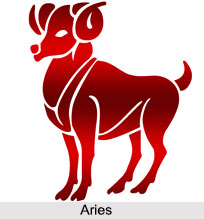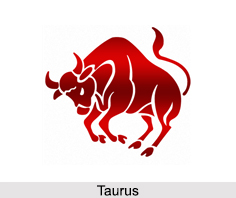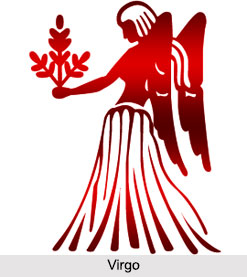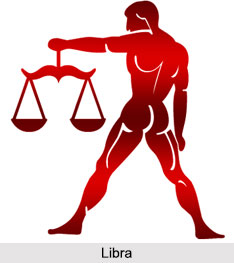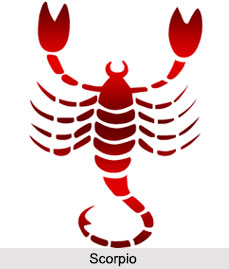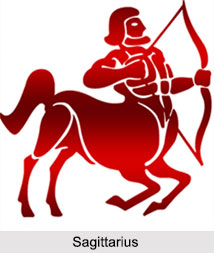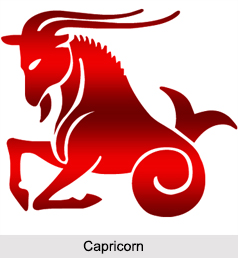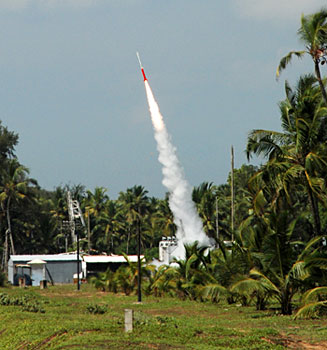 Thumba Equatorial Rocket Launching Station
Thumba Equatorial Rocket Launching Station
Thumba Equatorial Rocket Launching Station (TERLS), operated by the Indian Space Research Organisation (ISRO), is a significant spaceport located in Thumba, Thiruvananthapuram, Kerala. Established on 21st November 1963, this pioneering facility has played a crucial role in advancing India`s space technology capabilities. Situated near the southern tip of mainland India, close to the Earth`s magnetic equator, TERLS offers unique advantages for space experiments.
History of TERLS
TERLS was founded as India`s first space station, marking the nation`s entry into the global space technology arena. Its strategic location within 16 km from Thiruvananthapuram, on the outskirts of Kerala, provides proximity to the magnetic field of the equator, making it an ideal site for conducting space experiments. Prior to the establishment of the Sriharikota Space Centre in Andhra Pradesh, TERLS stood as India`s primary asset for launching rockets and contributed significantly to the development of rocket designing and propellant theory.
Foundation of TERLS
The establishment of TERLS was made possible through the collaborative efforts of key individuals. The former St Louis High School, now a space museum, served as the site for assembling the first rockets. Local Bishop Rev. Peter Bernard Periera, Bishop of Trivandrum, Vincent Victor Dereere (a Belgian), and district collector Madhavan Nair played instrumental roles in acquiring a vast parcel of land measuring 600 acres from the coastal community. Rev. Periera generously offered the prayer hall and bishop`s room in the local church for scientific pursuits, including those of renowned scientist A. P. J. Abdul Kalam. Lakshmi N. Menon, the then Minister of State for External Affairs, provided valuable assistance in navigating bureaucratic hurdles in Delhi. H. G. S. Murthy was appointed as the first Director of Thumba Equatorial Rocket Launching Station, overseeing its initial operations.
Facilities at Thumba Equatorial Rocket Launching Station
Spread across 220 hectares, TERLS encompasses a range of facilities designed to meet the nation`s requirements and support international collaborations. These include headquarters, a control room, laboratory, workshop, and three launching pads, a distinctive feature at the time of its establishment. The scientists` main office was initially housed in a local Catholic church, while the cattle shed served as a laboratory. The Bishop`s house was repurposed as a workshop for the young scientists. TERLS boasts of a state-of-the-art infrastructure for propellant testing, rocket designing, rocket motor casting, integration, payload assembly, testing, and evaluation. It serves as a launch site for sounding rockets, enabling vital research in agriculture, telecommunications, weather forecasting, and infrared technology applications.
Major Rockets Launched from TERLS
Thumba Equatorial Rocket Launching Station played a pivotal role in launching rockets from various nations, including the United Kingdom, the United States, and the former Soviet Union. Notable examples include the French Centura, British Skua, and American Nike Apache. Additionally, TERLS achieved remarkable success in launching Indian satellites and rockets. The Rohini Family of rockets was the first Indian series to be successfully launched from this facility. The spaceport also gained recognition for its Rocket Propellant Plants (RPP), which received sanction in December 1969 following the successful launch of the Indian Centura rocket.
Contribution of TERLS to Space Technology in India
Thumba Equatorial Rocket Launching Station holds a significant place in India`s space technology landscape, symbolizing the beginning of the country`s modern-day space exploration endeavors. While Thumba was primarily recognized for its workshop, the establishment of the Sriharikota Space Centre expanded India`s capabilities to launch rockets into space. Today, Sriharikota continues to serve as the primary launch site, carrying on the legacy initiated by TERLS.
Strategic Location of TERLS
Thumba`s geographical coordinates at 8 degrees 32`34" N and 76 degrees 51`32" E make it an ideal location for conducting low-altitude, upper atmosphere, and ionosphere studies. Situated in the small fishing village of Thumba, near the Thiruvananthapuram airport in Kerala, TERLS offers a vantage point for scientific investigations and experiments. It is strategically positioned far from neighboring countries like Pakistan, China, Afghanistan, and Bangladesh.
Research and Scientific Endeavors at TERLS
The primary objective of TERLS is to facilitate advanced research and development in space technology. The facility conducts experiments that yield valuable knowledge in agriculture, telecommunication, weather forecasting, and the utilization of infrared technology. Its diverse range of facilities, including workshops and testing sites, enable scientists to design, build, and launch sounding rockets. Additionally, TERLS houses a telemeter receiving station that records data collected from rockets during their flights. The station also provides necessary amenities and expansive land space to ensure optimal launch conditions.
Contributions of TERLS to National and International Collaborations
Thumba Equatorial Rocket Launching Station`s capabilities have not only served the needs of India but have also fostered international collaborations. By launching rockets from various countries, TERLS has played a vital role in strengthening international cooperation in space exploration. Its ability to accommodate different rocket types and conduct successful launches has positioned TERLS as a valuable partner in global space initiatives.
Thumba Equatorial Rocket Launching Station continues to be an essential facility for ISRO, serving as a launching site for sounding rockets. As India`s space program continues to advance, TERLS may witness further developments, upgrades, and expanded research capabilities. With its historical significance and proven track record, TERLS remains an integral part of India`s space exploration endeavors.
